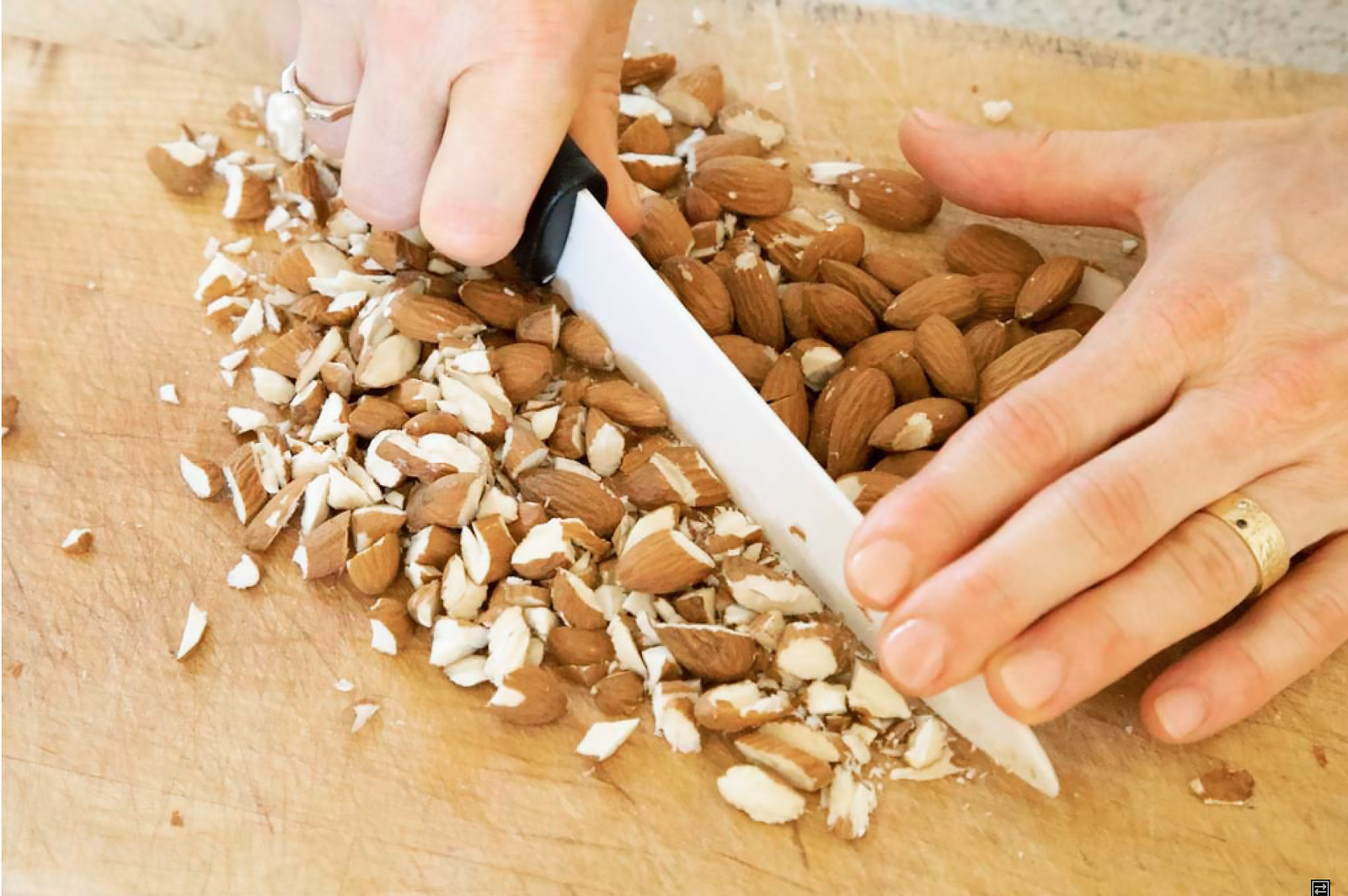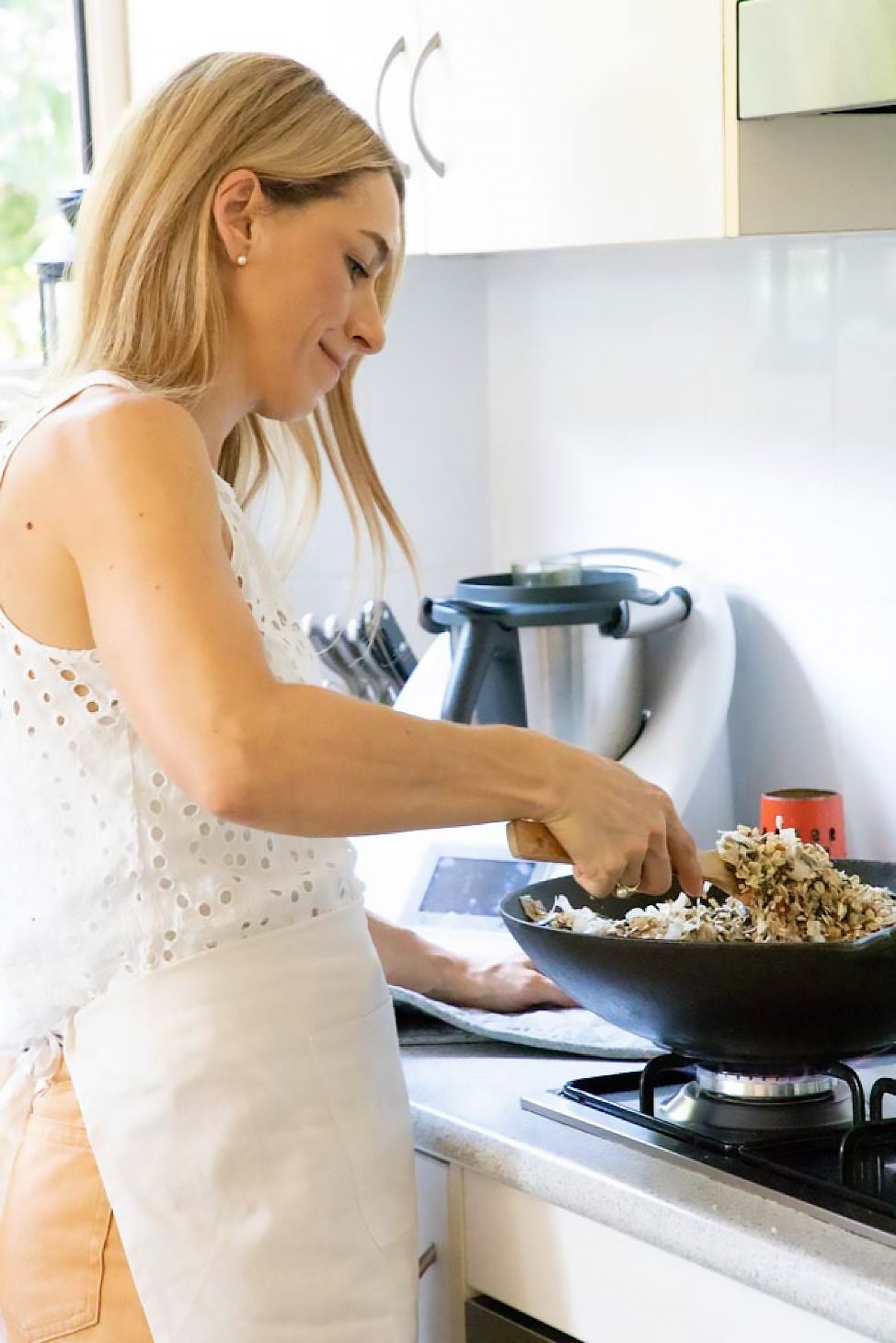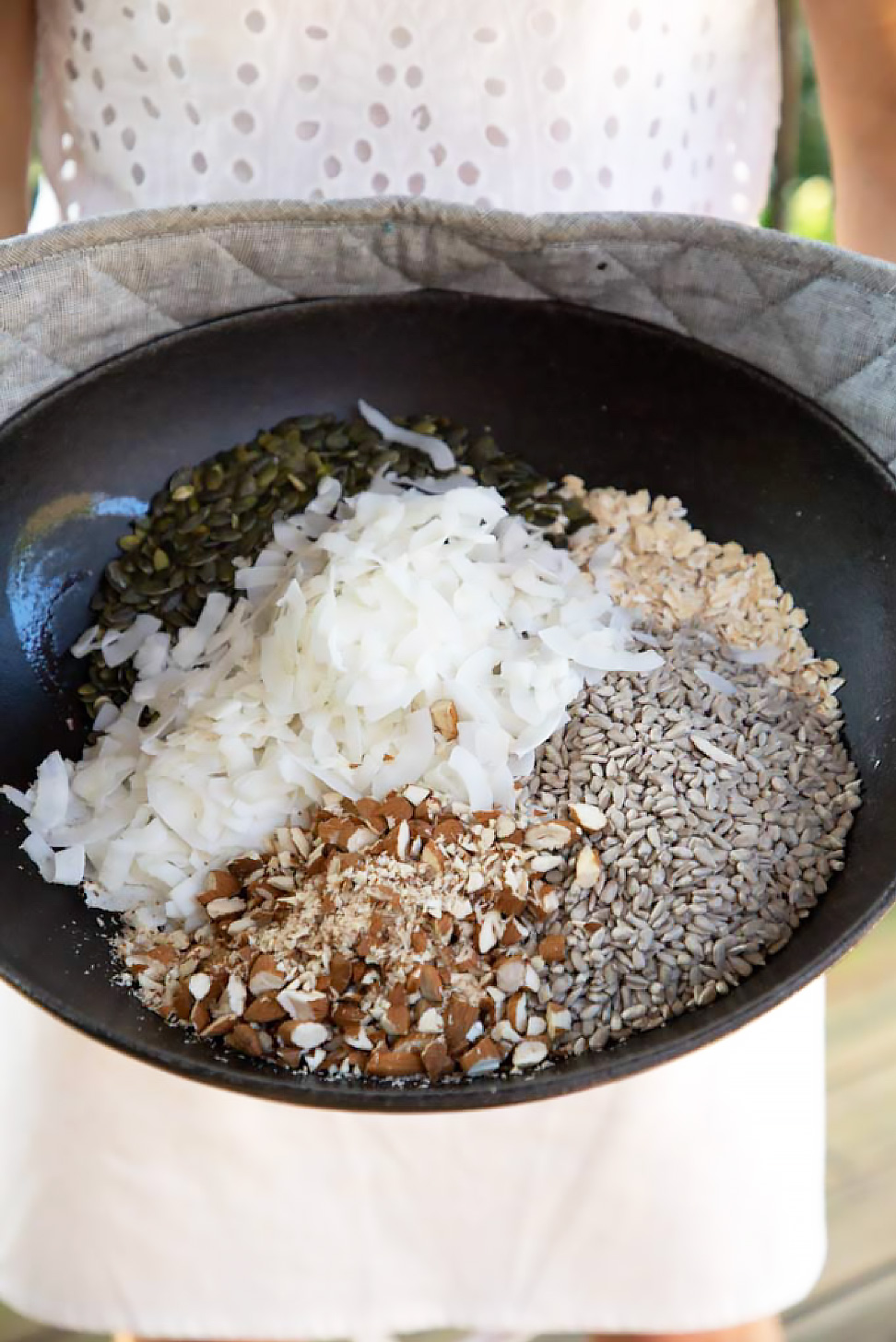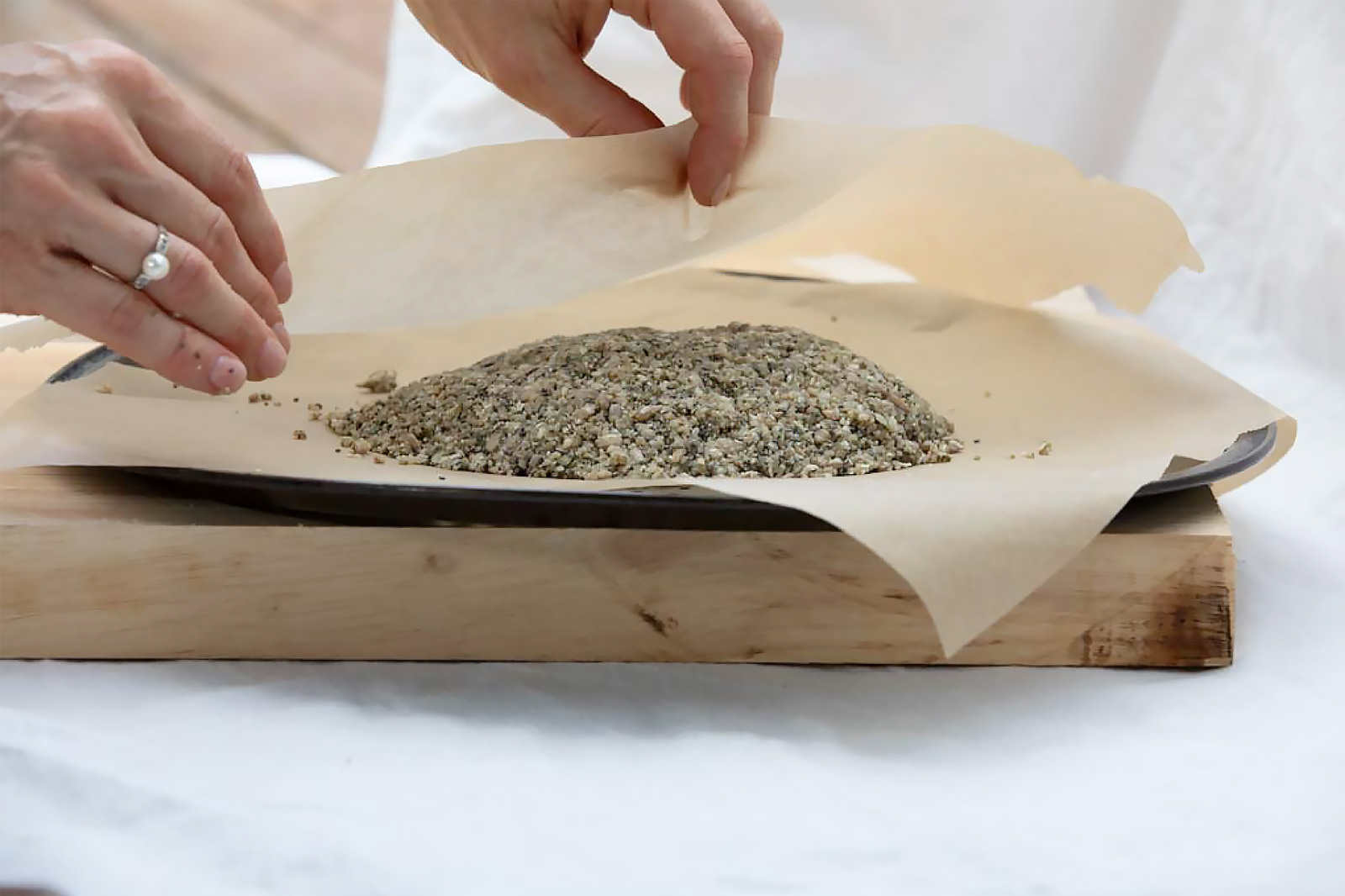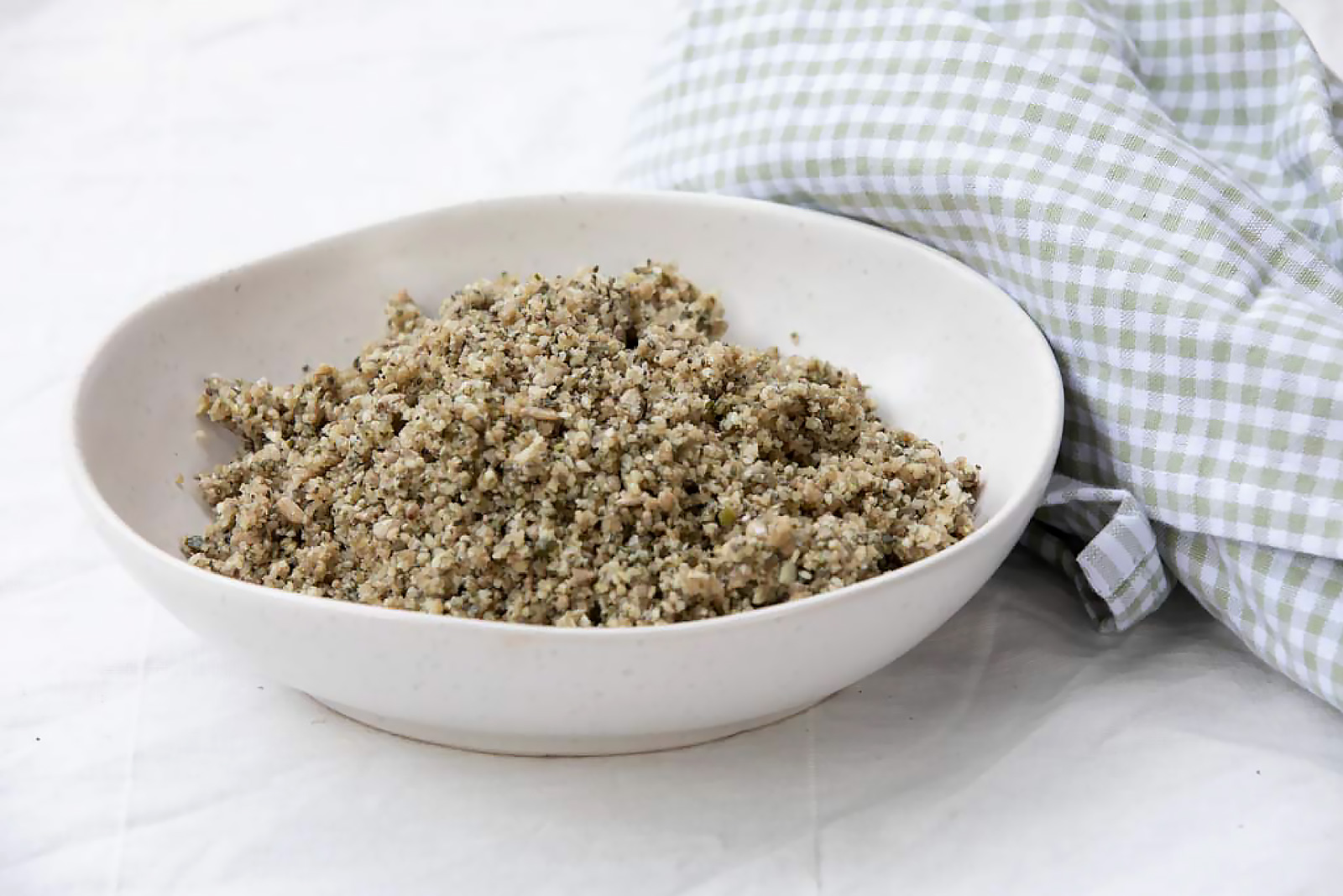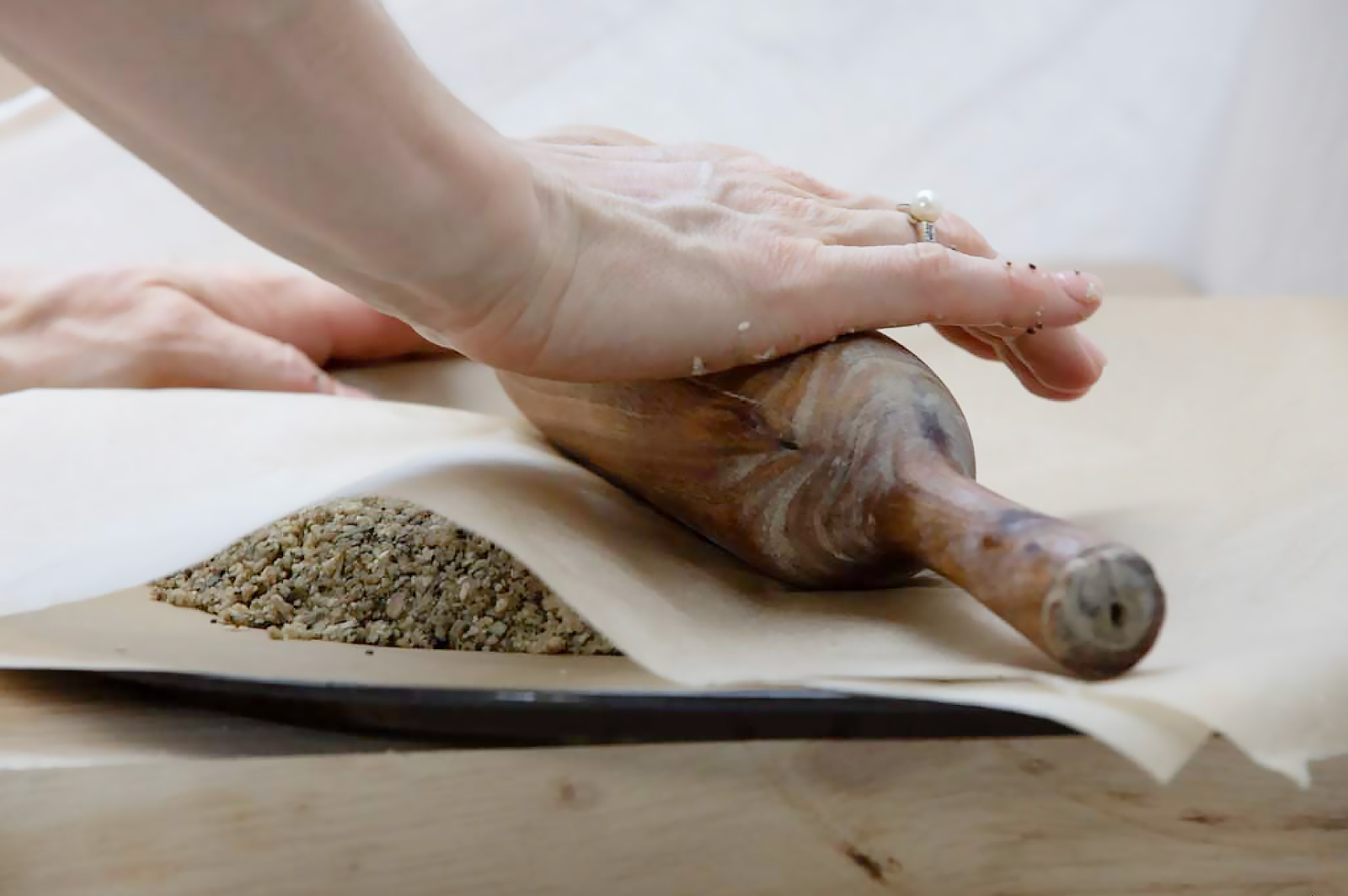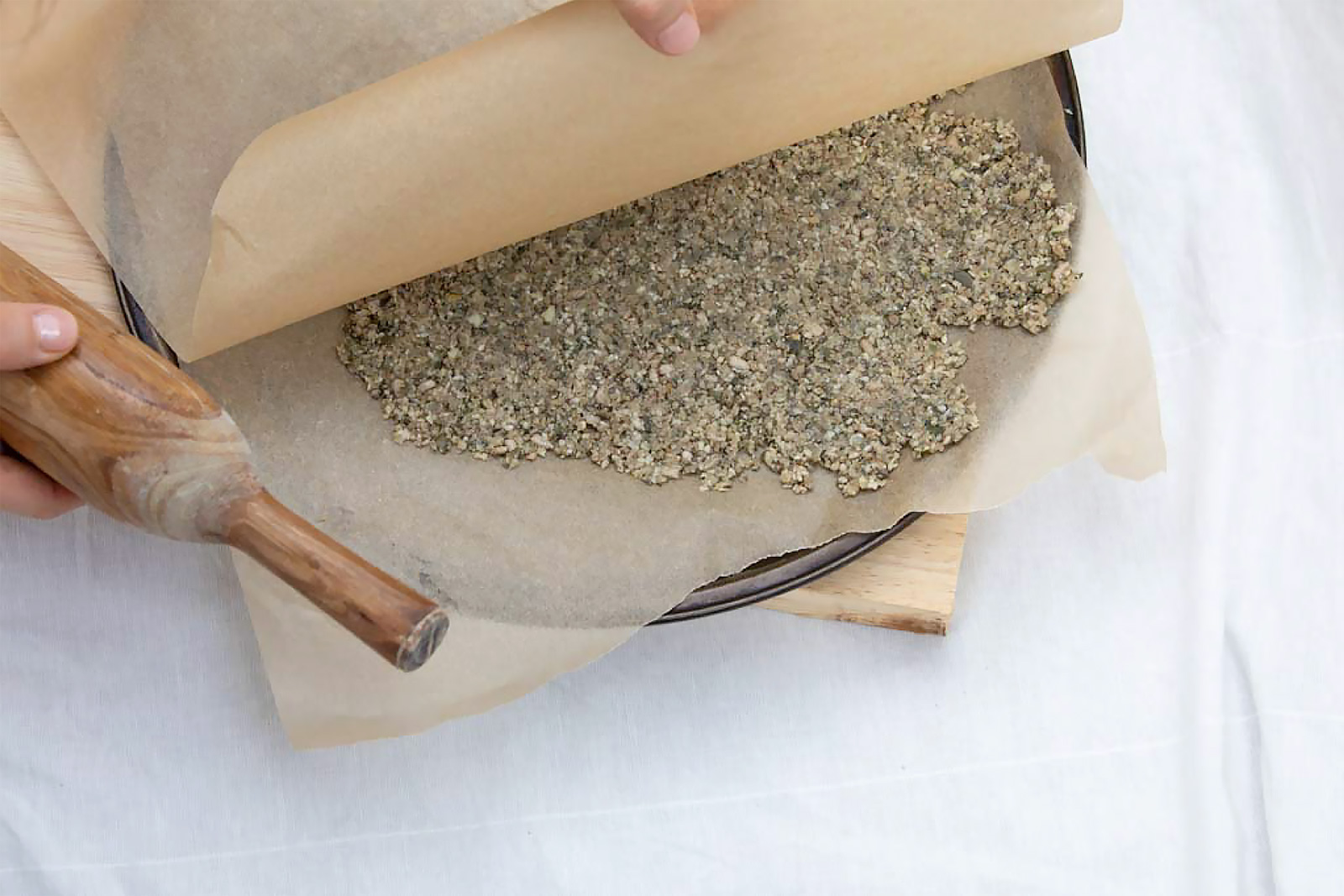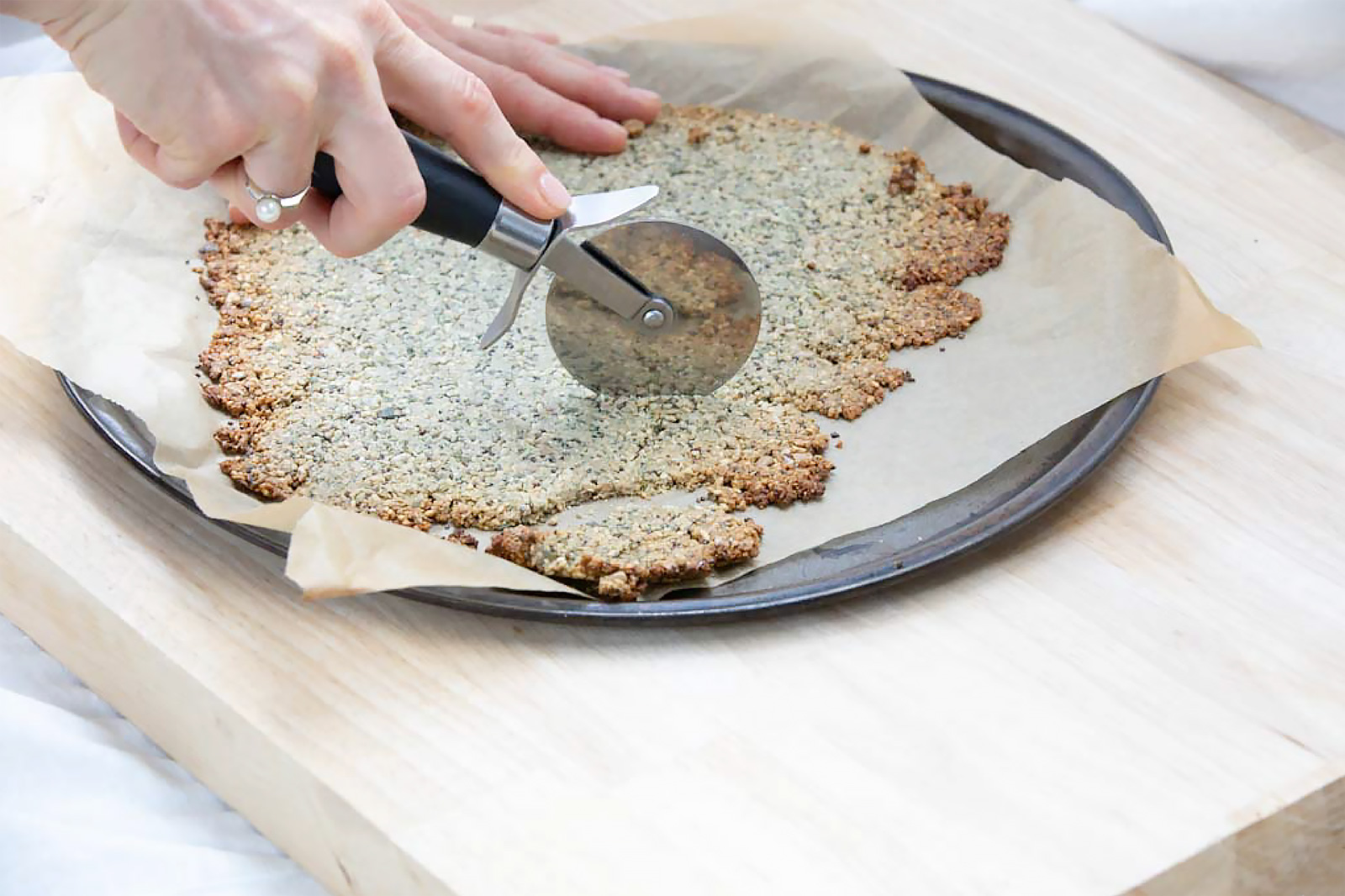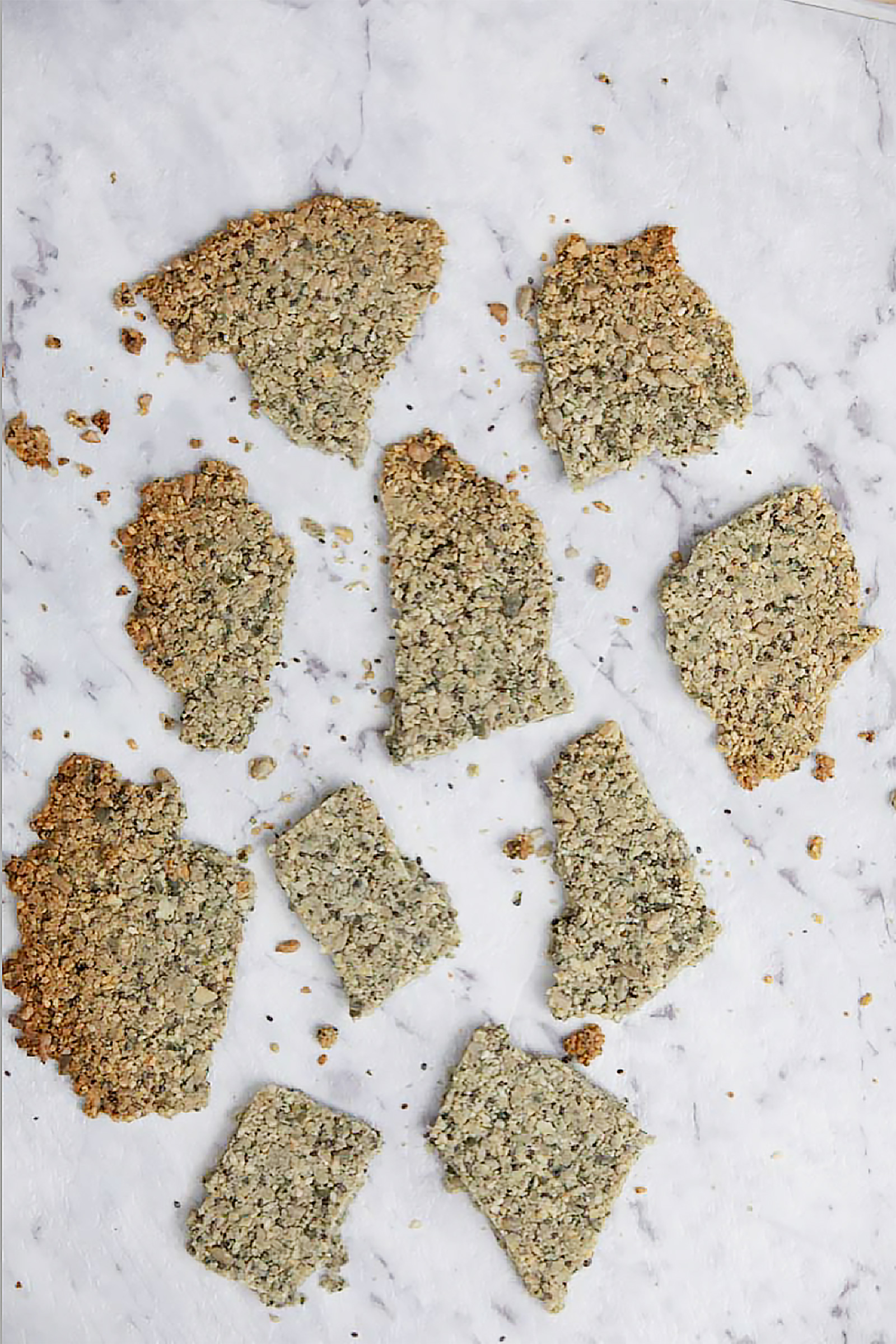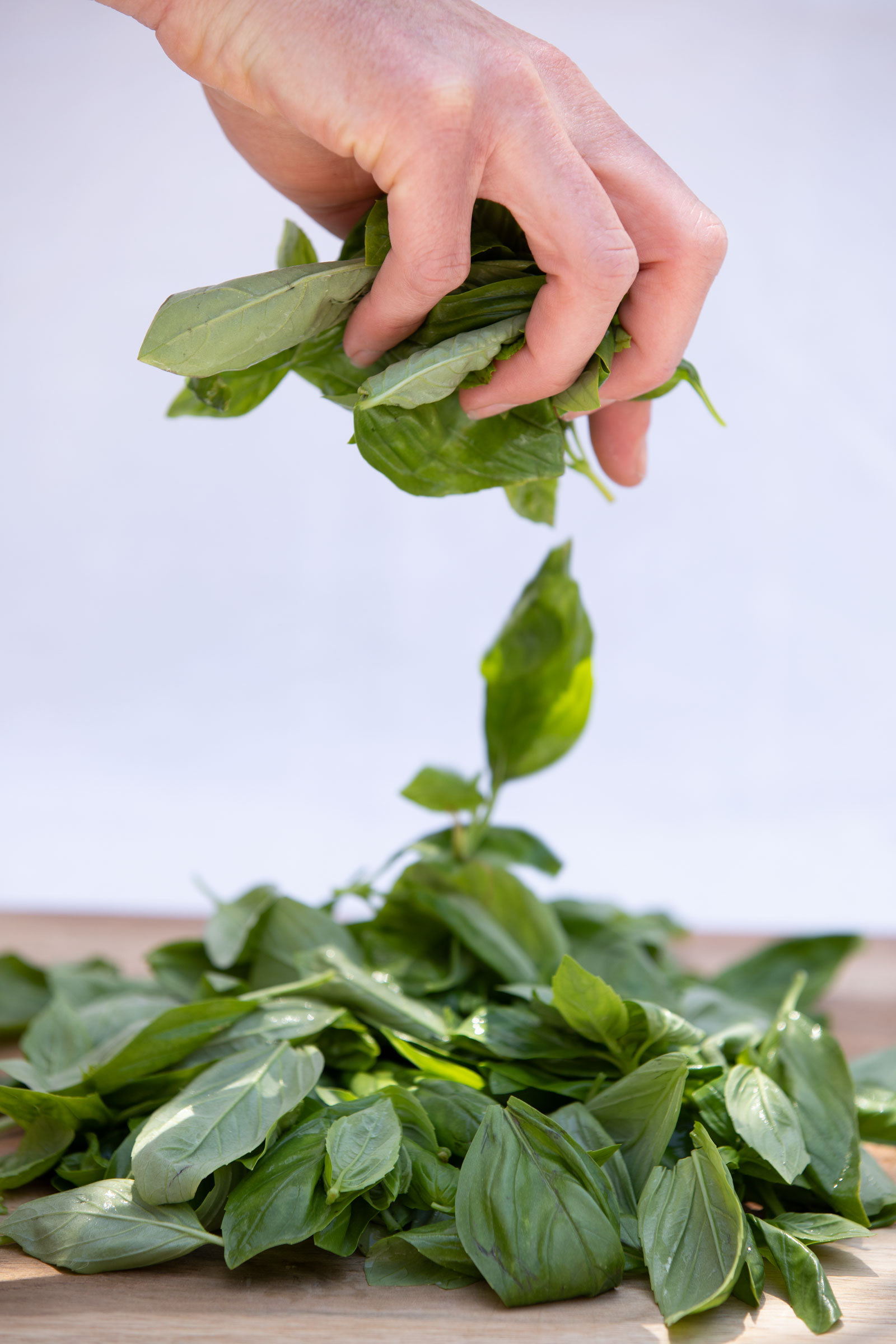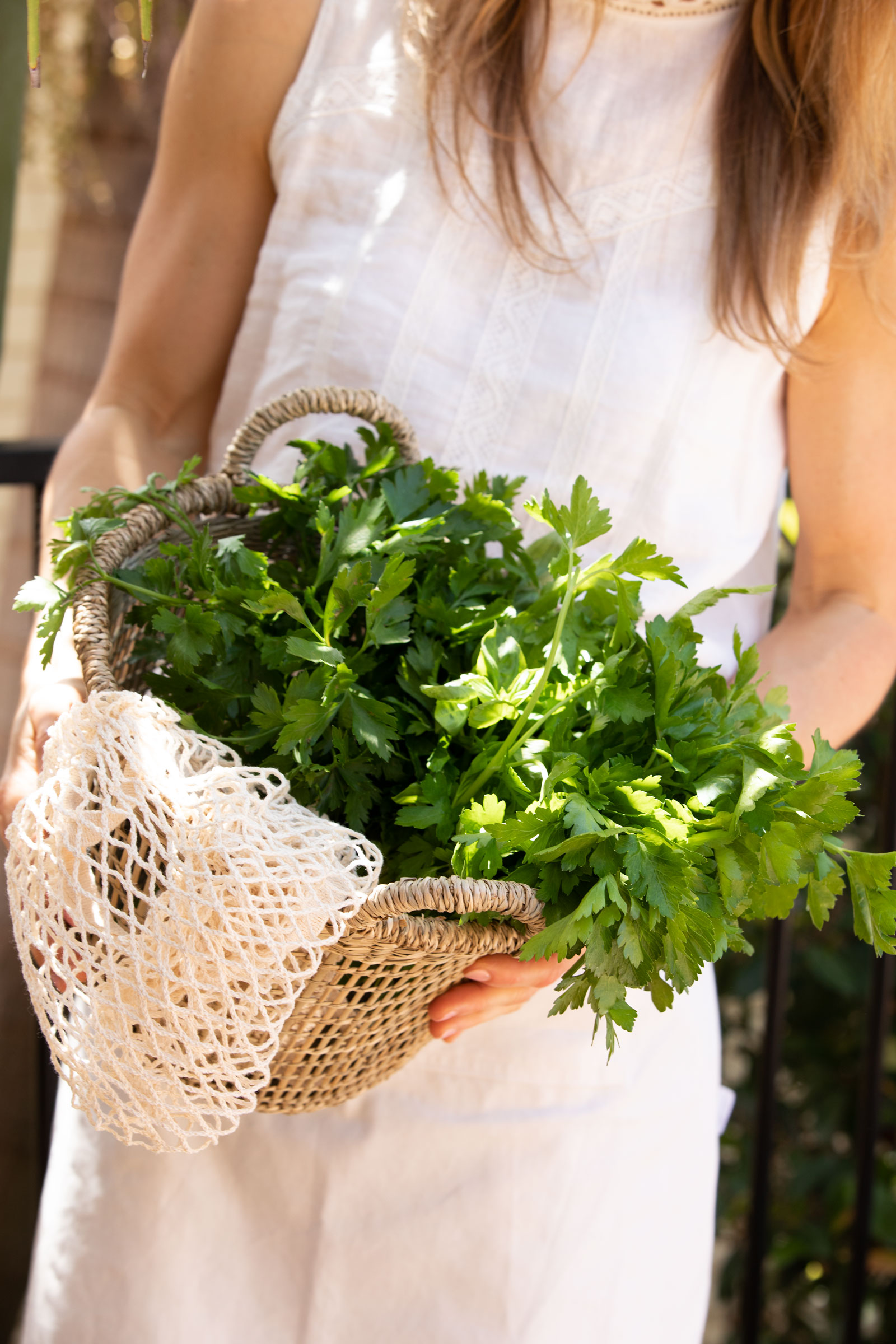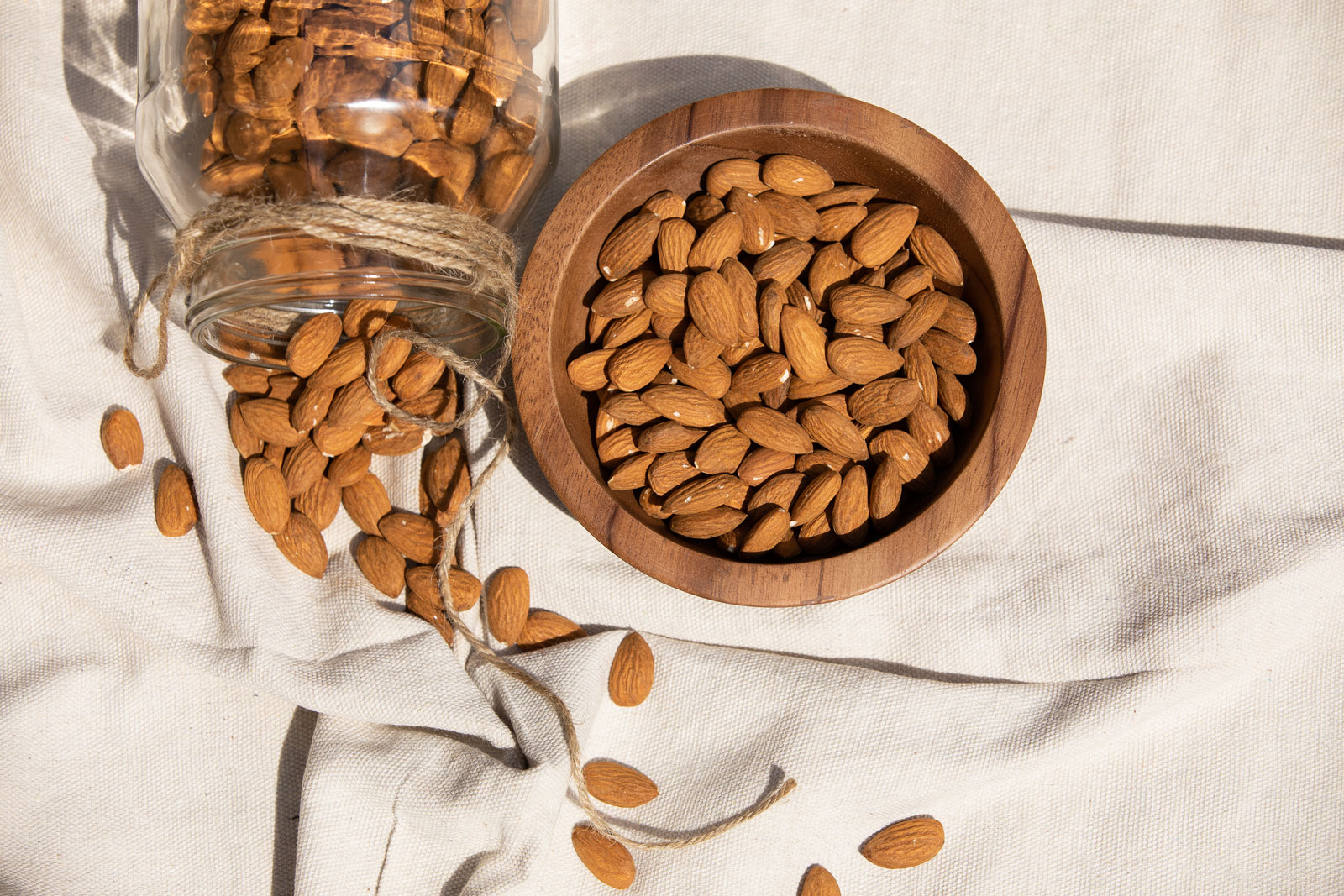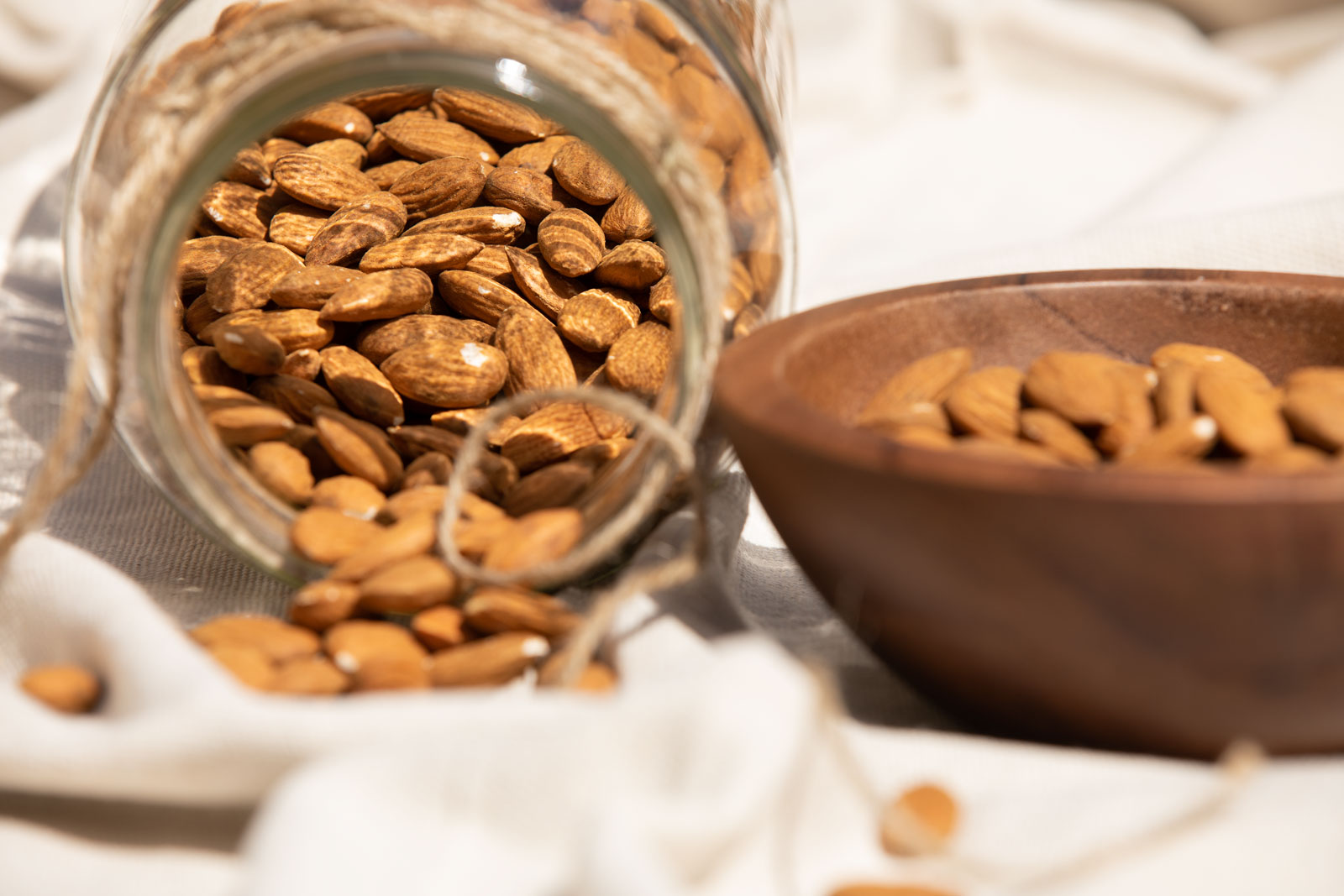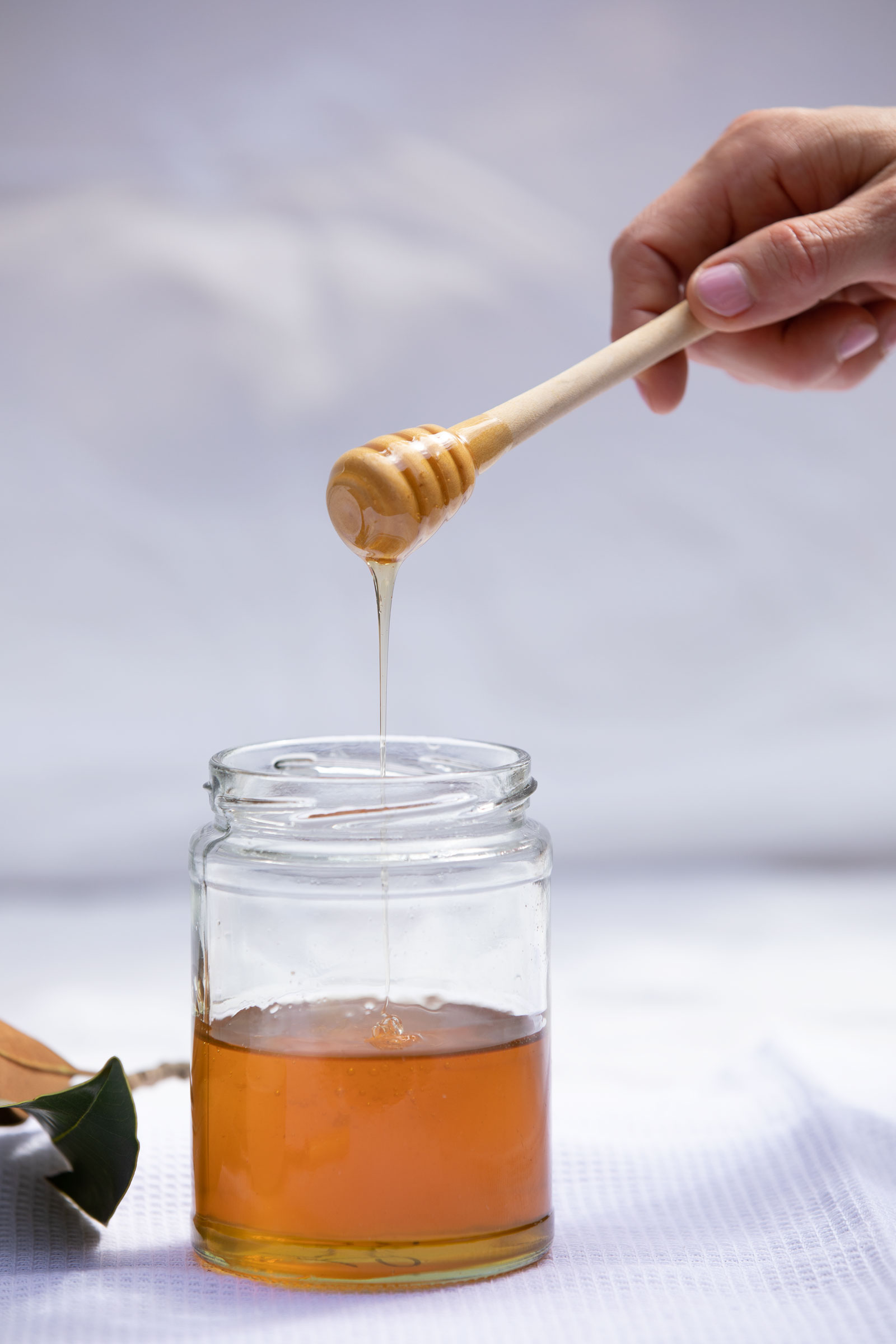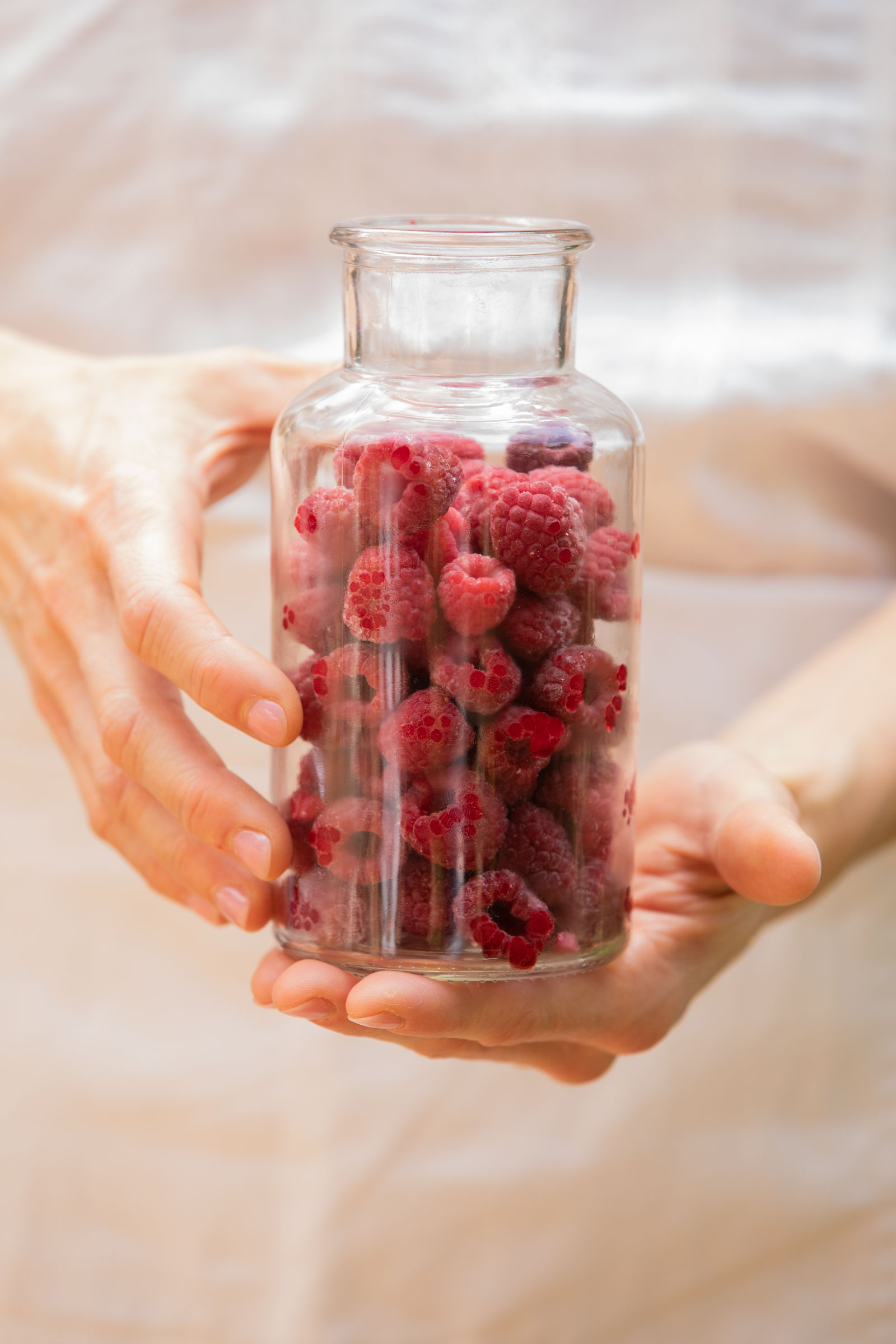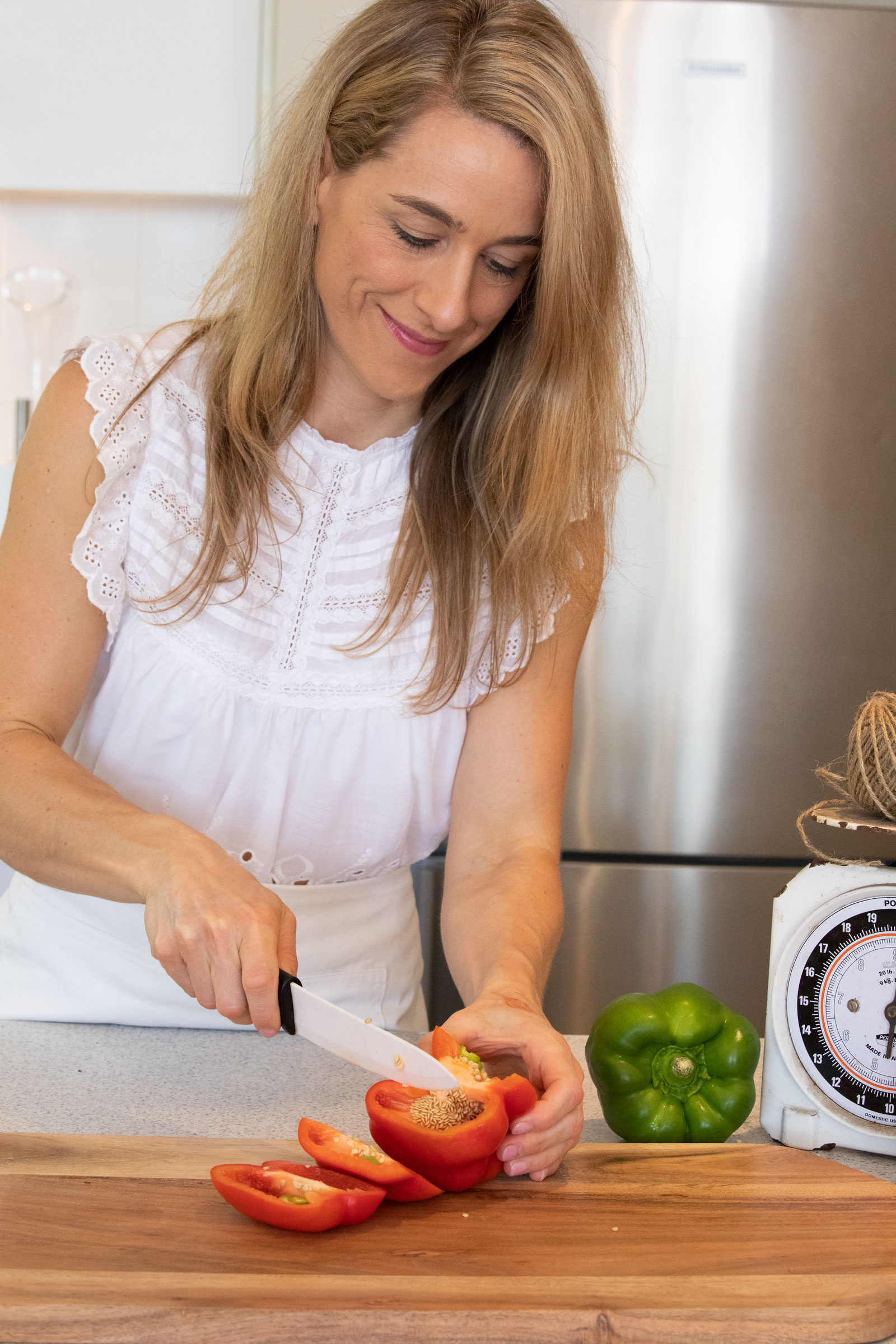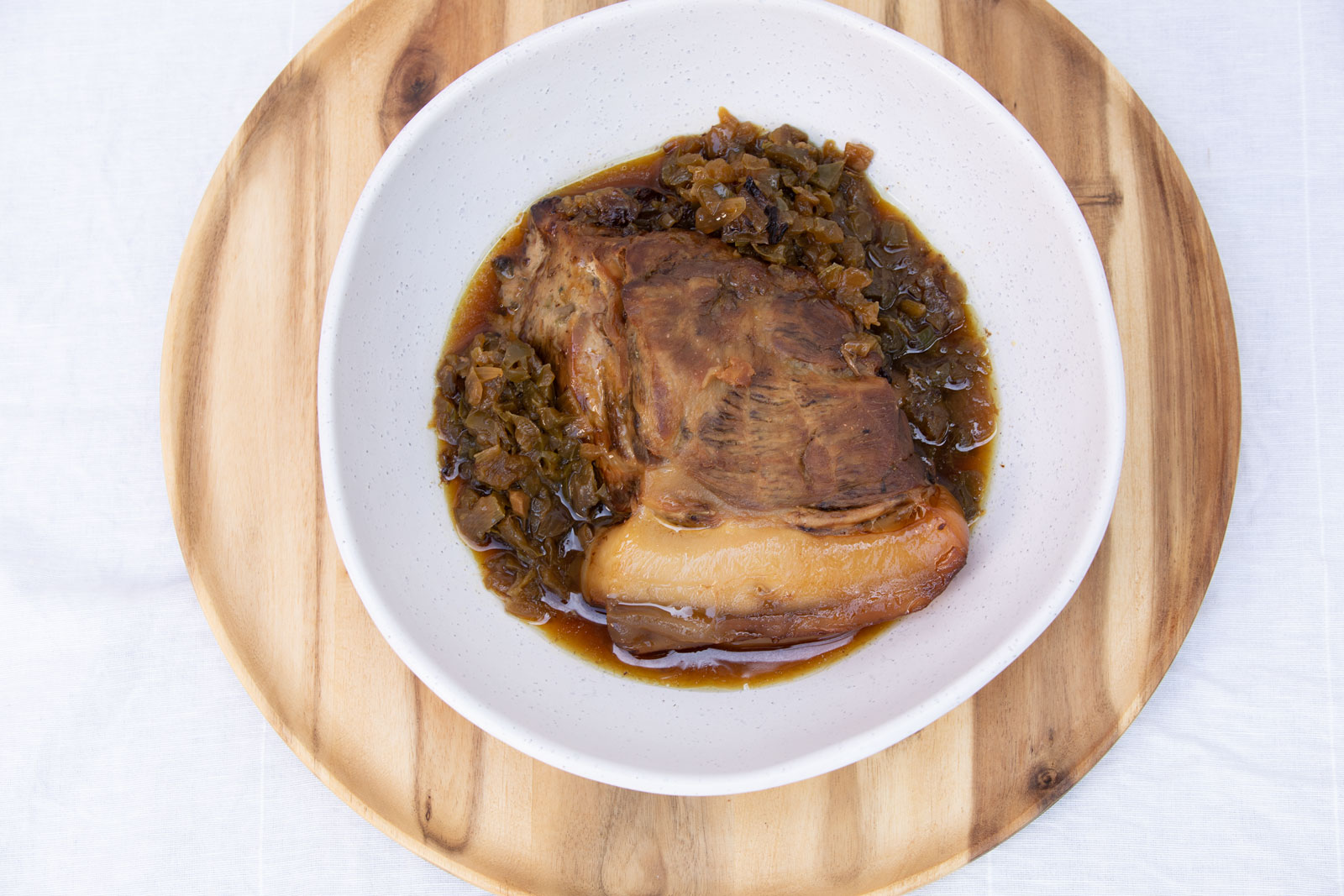This popcorn is an all time favorite in our house. My boys were introduced to this delicious and nutritious home-made popcorn version a year ago at my sister in law’s house. When my boys go to after school care one day a week, I make this popcorn for all the kids attending and they love it. It is such a healthy alternative to store bought cheese popcorn, loaded with artificial flavors and preservatives. So many of the children, parents and educators asked me for the recipe that I thought, why not share it with all of you!
All the ingredients for this delicious popcorn are available at Flametree Foodcoop in Thirroul, if you are a local of the Illawarra Coast)
Ingredients
1 heaped tablespoon of coconut oil
¾ cup of organic popping corn
1 ½ teaspoons of salt Himalayan salt
2 ½ teaspoons of nutritional yeast
1 ½ teaspoons of kelp powder
½ cup (60g) of organic butter or ghee
Method
Melt the coconut oil at medium to high heat in a large pot. Reduce the heat to medium and add 3 corn kernels and put on a lid. Let them pop and take the three kernels out of the pot. Add all the other remaining kernels. Cook, shaking the pot occasionally until the popping slows down. Switch off the heat and leave on the stove until all kernels have popped. Transfer the popcorn into a bowl.
Put the pot back on the hot element and switch on very low heat. Add ½ cup of butter, let it melt and add the salt, nutritional yeast and kelp. Stir well with a spoon to combine and drizzle over the popcorn. Take two tablespoons and stir through the popcorn to combine well.
Medicinal Health Properties
This popcorn recipe is packed with nutrient-dense ingredients that have incredible health properties, making it particularly a healthy, after-school snack for kids. Organic Coconut oil as well as ghee and organic butter aid digestion by supporting a healthy gut microbiome. Nutritional yeast has an impressive vitamin B content and is the essential ingredient for the popcorn, mimicking the flavor of cheese.
Kelp is an amazing cleanser, digestive aid and high in iodine. As many of us use rock salt, which is low in iodine it is even more important to ensure that we receive our recommended daily dose of iodine by adding seaweed sources. Kelp is high in all the major minerals such as calcium, magnesium, and iron as well as a rich source of trace minerals such as copper, zinc and chromium and contains various vitamins such as A, B6, B12, C, D and K.
P.S. Careful, it’s addictive ;-)





